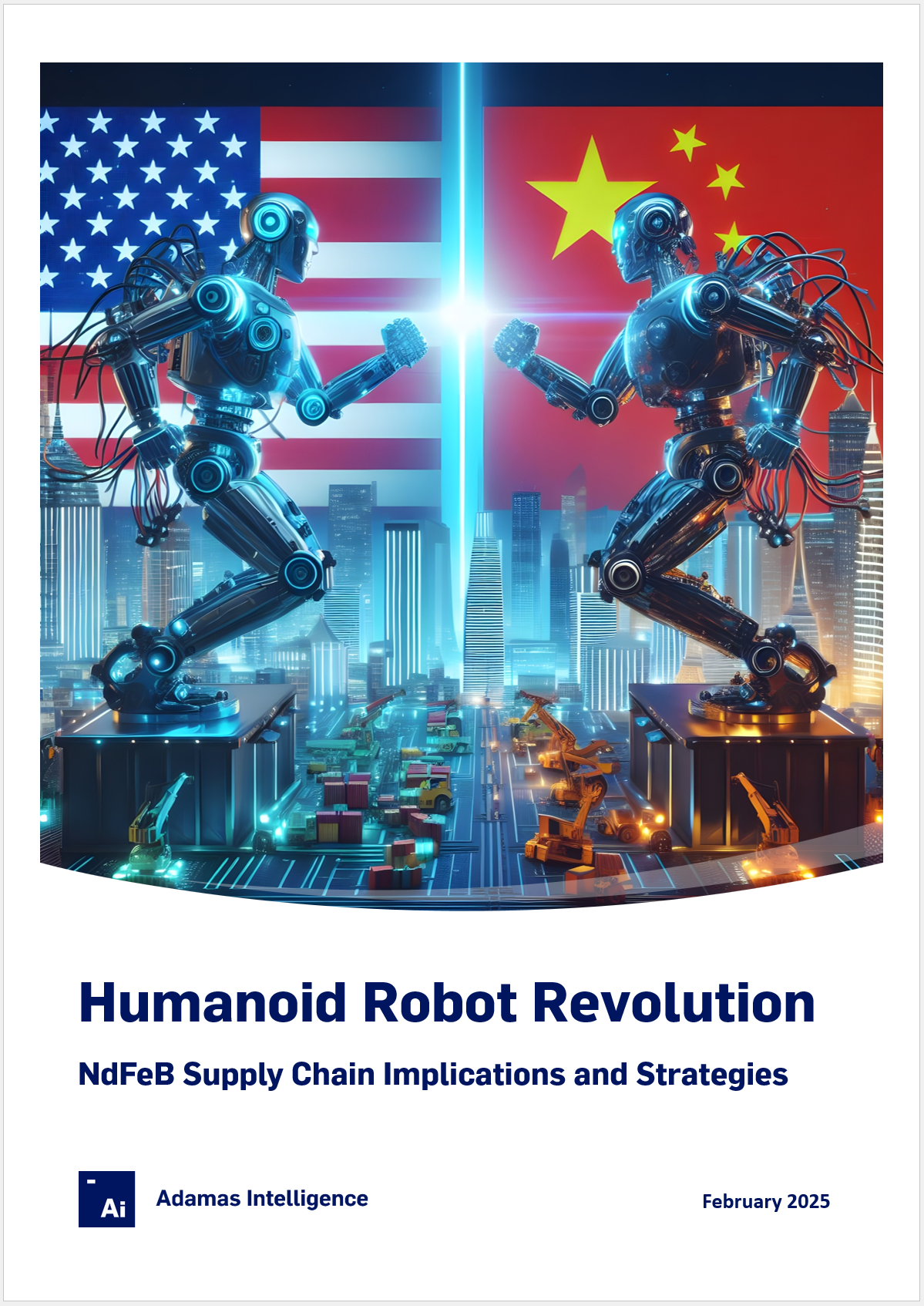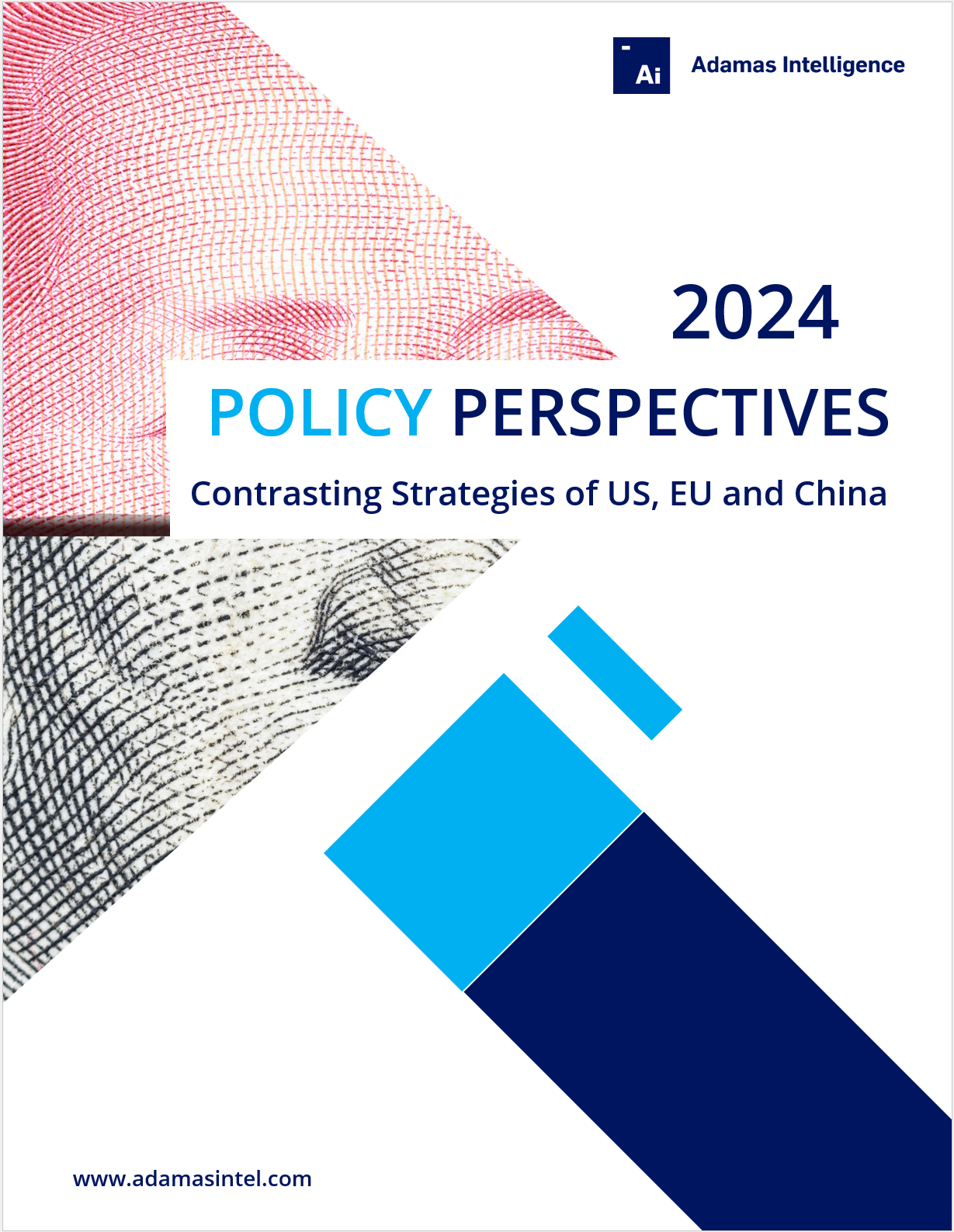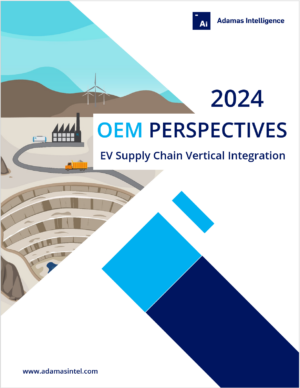China facing a 60% drop in rare earth concentrate imports
In April, the US halted exports of rare earth concentrate to China. At the same time, exports from Myanmar to China remain suppressed since late-2024 when resistance forces took control of key mining sites in the country. Unless the status quo changes, China is poised to experience a massive drop in concentrate imports in Q2 2025 (and possibly beyond) and consequently a drop in feedstock supplies to its processors and magnet makers.

Slow export market in China offsetting drop in concentrate imports – for now
In April, the US halted exports of rare earth concentrate to China. At the same time, exports from Myanmar to China remain suppressed since late-2024 when resistance forces took control of key mining sites in the country.
Unless the status quo changes, China is poised to experience a massive drop in concentrate imports in Q2 2025 (and possibly beyond) and consequently a drop in feedstock supplies to its processors and magnet makers.
China’s newly enacted export restrictions, which have bogged down its own exports of rare earths and magnets, are serving to offset the upstream supply shock for now.
As export license approvals start to roll in from June and more volume and fluidity returns to the nation’s export market, concentrate supplies could become increasingly tight if China cannot imminently fill the gap.

Myanmar: Exports to China down 79% YTD
Exports from Myanmar to China plummeted from September through December of last year and have since been volatile in 2025 to-date.
In March 2025, customs data shows that just 427 tonnes of mixed rare earth oxide (MREO) concentrate crossed the border from the coup-stricken nation into China, down 90% versus the same month the year prior.
Through the first three months of 2025, Myanmar’s MREO exports to China have totaled just 2,053 tonnes, 79% less than it exported over the same period in 2024.
Mining operations came to a near standstill in October of last year following the Kachin Independence Army’s (KIA’s) takeover of key mining sites, yet Chinese customs data suggests that rare earth concentrate exports from Myanmar to China have continued, albeit at reduced levels, presumably from existing inventories.
In late-March, the KIA reportedly told miners in Kachin state it will allow shipments of existing rare earth inventories to China, in effect immediately, but it will levy a tax of 35,000 yuan ($4,800) per tonne of material, Reuters reported.
April customs data should be indicative of just how voluminous Myanmar’s inventories are, which we estimated last month “entail hundreds-to-low-thousands of tonnes of concentrate, relatively insignificant amounts that will do little to quench demand from China’s rare earth processors should mine output not resume imminently”.
US: Exports to China halted in April
Through the first three months of 2025, Chinese customs data reported import of 13,845 tonnes of rare earth mineral concentrate from the US, up 3% over the same period last year.
However, with China imposing 125% import tariffs on goods from the US, MP Materials announced it was halting exports to China. “In response to China’s retaliatory tariffs and export controls, MP Materials has ceased shipments of rare earth concentrate to China” it said in a statement.
“We continue to produce and are stockpiling concentrate while accelerating downstream operations: ramping oxide production, fast-tracking heavy rare earth separation, and bringing magnet production online in Texas”, the statement added.

Overall impact: 60% drop in China’s imported feedstock supplies
Overall, with flows from the US halted and Myanmar trading at ~20% of capacity, China is facing a 60% drop in imported feedstock supplies (and a 16% drop in total feedstock supplies) going into mid year, and an even greater reduction in heavy rare earth feedstock supplies specifically.
To compensate in the near-term, China may opt to increase production quotas at home, which could minimize the strain for didymium (NdPr), but would do little for dysprosium and terbium (Dy and Tb) due to the size of the gap Myanmar’s supply disruptions have created.
In the medium-term, importers like Shenghe Resources will likely look to offtakees VHM Limited (Goschen project) and Peak Rare Earths (Ngualla project) to fill the void that MP Materials’ export stoppage from the US has created.
All that said – owing to the rare earth export restrictions China put in place earlier this month, the nation’s export market – which normally drives a significant share of its demand – is currently bogged down by bureaucracy as suppliers apply for and await receipt of export licenses needed to fulfil some orders.
At least temporarily, this is translating into reduced demand for rare earth materials across China’s supply chain, helping minimize the impact of the lower concentrate supplies.
As with Myanmar, April customs data will provide a good indication of how much NdFeB demand is currently being constrained/delayed by Chinese export restrictions. We expect it is a major share (>40%).
Prices: Drifting lower on uncertain demand
After a strong start to the year, prices of most rare earth elements, especially NdPr, Nd and Pr, drifted lower in April following China’s export restrictions and the resultant log-jamming of its domestic supply chain.
NdPr oxide started the month at $61/kg and has since fallen 7%, back to levels that will crush profit margins in China and strain those in the West that continue to look to China for benchmark prices.
Now, more than ever, there is an urgent need for an alternative, non-China-centric pricing benchmark. Current China pricing plus US tariffs helps to raise that benchmark but its still underpinned by and at the mercy of China’s market dynamics and imperatives, which today differ starkly from those in the West.
Meet with alternative suppliers
Meet with alternative rare earth miners and magnet producers in Toronto in September 2025 for Rare Earth Mines, Magnets & Motors 2025 where we’ll explore this topic further with leading market participants and industry experts.
The two-day event will bring together business and technical leaders from across the global mine-to-OEM supply chain for high caliber discussions and networking at a 5-star venue.
Key themes of this year’s conference will include robotics, automation, advanced air mobility, and the emerging mine-to-magnet supply chain coming together upstream.
Special guest: Steve Wozniak, co-founder of Apple
More information: www.adamasevent.com







